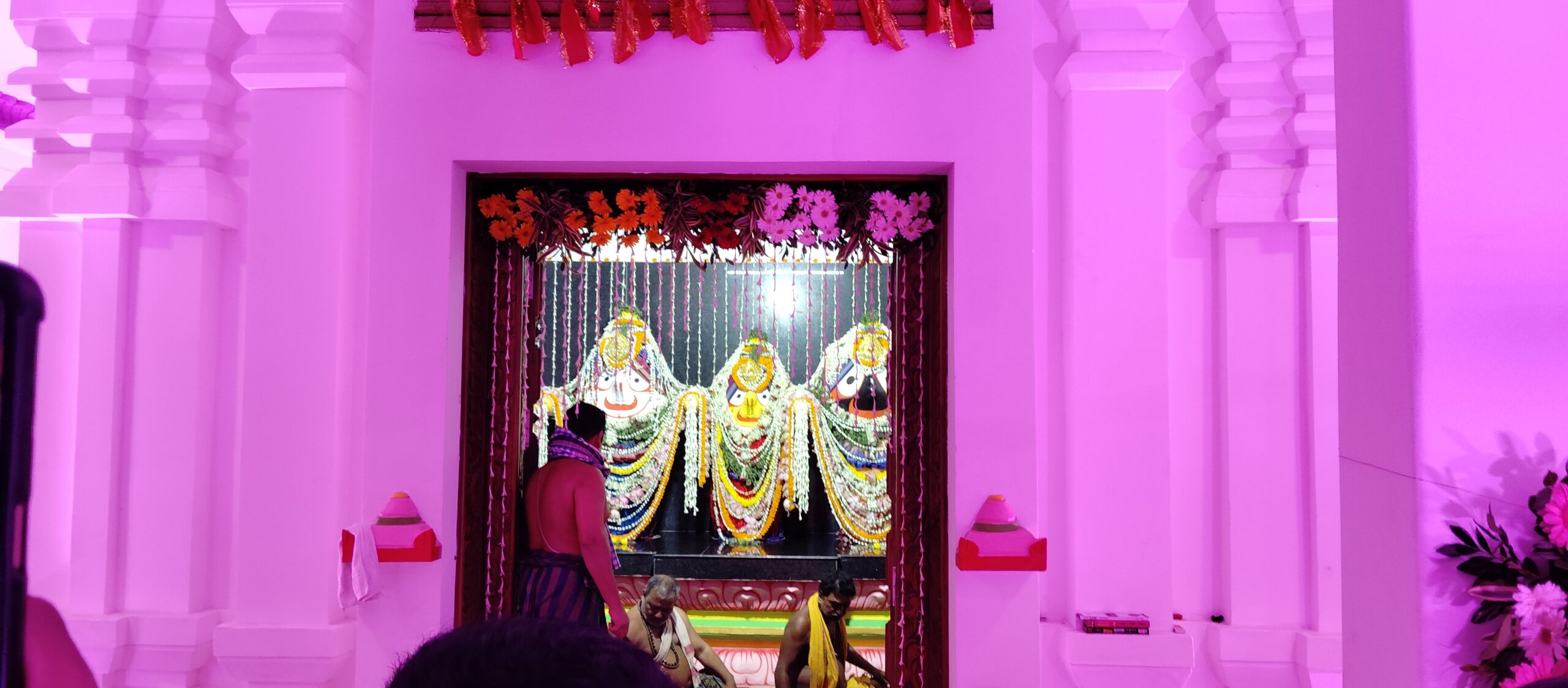- 0Shares
- 20 Views
Hera Panchami is a significant festival celebrated primarily in the Indian state of Odisha, particularly in the holy town of Puri. This festival holds cultural, religious, and historical significance, deeply rooted in the traditions and beliefs of the region. Let’s explore the essence of Hera Panchami in detail.
Origins and Legend
Hera Panchami is associated with the famous Jagannath Temple in Puri, dedicated to Lord Jagannath, a form of Lord Vishnu. The festival’s origin dates back centuries and is intertwined with the legendary love story of Lord Jagannath and Devi Lakshmi, his consort.
According to the legend, Devi Lakshmi, feeling neglected by Lord Jagannath due to his devotion to his sibling deities, Lord Balabhadra and Devi Subhadra, becomes upset and leaves the Jagannath Temple. She goes to her maternal aunt’s house in the nearby Gundicha Temple. During Hera Panchami, Devi Lakshmi, in a symbolic gesture, sweeps the surroundings of Gundicha Temple (where the idols of Lord Jagannath, Lord Balabhadra, and Devi Subhadra are taken during the annual Rath Yatra).
Rituals and Observances
- Sweeping Ritual: The main ritual of Hera Panchami involves Devi Lakshmi sweeping the Gundicha Temple premises with a golden broom. This act symbolizes cleanliness and devotion. It is believed that by performing this ritual, Devi Lakshmi forgives Lord Jagannath and welcomes him back.
- Preparations: Before the festival, the Gundicha Temple and its surroundings are cleaned and decorated beautifully. Devotees eagerly participate in these preparations, ensuring that everything is in perfect order for Devi Lakshmi’s arrival.
- Procession: On the day of Hera Panchami, a ceremonial procession is carried out wherein the idol of Devi Lakshmi is taken from the Jagannath Temple to the Gundicha Temple. This procession is accompanied by chanting of hymns, devotional songs, and the beating of drums, creating a festive and spiritual atmosphere.
- Offerings and Prayers: Special offerings and prayers are made to Devi Lakshmi during Hera Panchami. Devotees seek her blessings for prosperity, happiness, and well-being.
Cultural Significance
Hera Panchami is not just a religious event but also a cultural extravaganza in Odisha. It brings together people from all walks of life, transcending barriers of caste, creed, and socio-economic status. The festival promotes unity and harmony among the community members.
Historical Context
Historically, Hera Panchami has played a role in showcasing the rich cultural heritage of Odisha. The tradition of Devi Lakshmi leaving the Jagannath Temple and returning after the sweeping ritual symbolizes the dynamics of relationships and forgiveness, reflecting human emotions and devotion.
Modern Celebrations
In contemporary times, Hera Panchami continues to be celebrated with great enthusiasm and fervor. The rituals and traditions associated with the festival are meticulously followed, preserving the cultural heritage of the region.
Conclusion
Hera Panchami stands as a testament to the deep-rooted faith and devotion of the people of Odisha towards Lord Jagannath and Devi Lakshmi. It is a festival that not only reaffirms the bond between the deities but also strengthens the social fabric of the community. Through its rituals and celebrations, Hera Panchami showcases the rich tapestry of Odia culture and tradition.
In essence, Hera Panchami is much more than a religious event; it is a celebration of love, forgiveness, and devotion, encapsulating the essence of spirituality and cultural heritage in Odisha.





